Howdy, Stranger!
It looks like you're new here. If you want to get involved, click one of these buttons!
In this Discussion
WBPP : Don't understand what's wrong with calibration
Hi,
Last summer, I shooted images of M31 in LRGB (180 sec for each filter + 300 sec for luminance) with flat and darkflat.
When processing in WBPP the results are over exposed or invert video images, except for the 300 seconds Luminance (see images below).
I probably did something wrong somewhere, but I don't see where...
Any help or suggestion are welcome because I'm totally lost
Jean-Francois
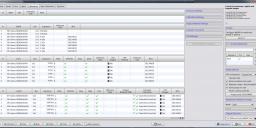

WBPP Calibration.jpg
2572 x 1247 - 386K
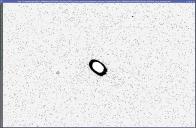

WBPP - B 180 sec.jpg
2631 x 1720 - 467K
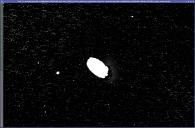

WBPP - G 180 sec.jpg
2629 x 1722 - 549K
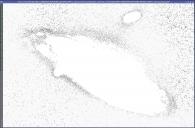

WBPP - L 180 sec.jpg
2630 x 1724 - 748K
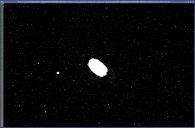

WBPP - R 180 sec.jpg
2636 x 1729 - 354K
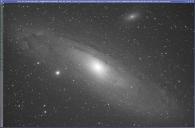

WBPP - L 300 sec.jpg
2631 x 1724 - 253K

Comments